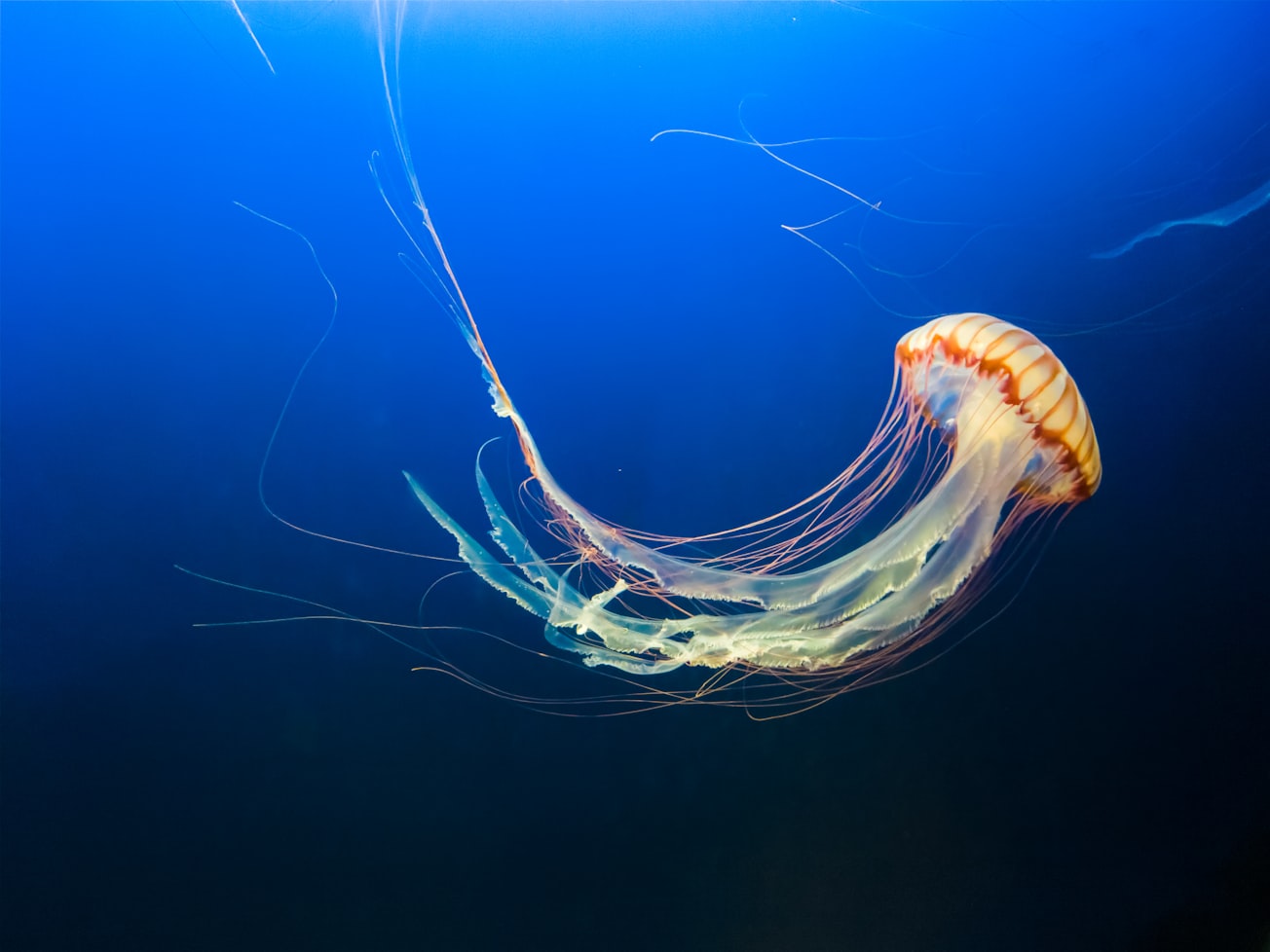What is it about?
In this paper we show that: 1) the three types of memrbane-associated progesterone receptor (MAPR) family genes that are found in animals were already present in the ancestor of fungi. 2) The C-terminus of alll three protei subfamilies became longer just before the origin of animals, or early in animal evolution. 3) PGRMC1 acquired two tyrosines in the last eumetazoan common ancestor (LEUMCA): the animal that gave rise to cindarians (jellyfish, corals, hydra, sea anenomes, etc) and bilaterally symmetric animals. These tyrosines have been strongly conserved in all eumetazoans, and so must be important. The LEUMCA was the first animal to develop the gastrulation organiser that is so important in directing the embryological development of eumetazoan body plans, and differentiated tissues such gut epithelium and neurons with synapses. We inherited these from the LEUMCA. 4) One of the tyrosines is situated in a protein interaction motif, predicted to make contacts with proteins of the actin cytoskeleton. Read the paper for the rest.
Featured Image

Photo by Jeffrey Hamilton on Unsplash
Why is it important?
This paper shows that all three MAPR family genes were present in the evolutionary lineage that led to animals. Furthermore we show that the tyrosine residues of PGRMC1 that are phosphorylated in mammals appeared in evolution at the stage of the first eumetazoan animal that exhibited gastrulation-dependent tissue differentiation, which of course laid the basis for the subsequent evolution of what many might call 'higher animals' (eumetazoans) including insects, molluscs, worms, spiders, and chordates, including fish and the land vertebrates. PGRMC1 tyrosine phosphorylation is strongly implicated in the embryological development of all these animals, including humans.
Perspectives
The most important result (for me) is that the two phosphorylated tyrosines of PGRMC1 were acquired by animals in the same animal that developed a gastrulation organiser (the LEUMCA), suggesting that PGRMC1 tyrosine phosphorylation is important in gastrulation. In other recent outputs I've been involved with, we showed that mutation of the phosphorylation regulatory sites surrounding the tyrosine 180 motif dramatically affected the biology of cancer cells, with changes to the abundances of hundreds of proteins that affected metabolism, mitochondria, cell shape, and motility [1]. Further analysis of the same cells showed that these mutations affected the fidelity of DNA replication, and exerted pronounced effects over the methylation of genomic DNA [2], which is used to regulate gene expression in different cell types. Those cell types evolved in animals based upon the presence of the gastrulation organiser. The changes in cell migration [1] were associated with altered abundance of proteins associated with the actin cytoskeleton. In this current study one of the findings was the discovery of a motif predicted to interact with the actin cytoskeleton. We speculated whether it may have been involved with the origin of eukaryotic cytoplasmic membrane trafficking. In another paper we discovered that PGRMC1 interacts with protein complexes in cells that contain many proteins that are associated with the actin cytoskeleton [3]. Since altered migration and actin cytoskeleton are involved in the gastrulation organiser, these results together provide evidence that PGRMC1 directs the type of biology that could be required for the gastrulation organiser, which is paramountly cool. The results are also consistent with PGRMC1 being the hub protein in a signalling network that underlies several disease, as I’ve been proposing for a few years now (e.g. [4]). 1. Thejer BM, Adhikary PP, Kaur A, Teakel SL, Van Oosterum A, Seth I, Pajic M, Hannan KM, Pavy M, Poh P et al: (Cahill MA). 2020. PGRMC1 phosphorylation affects cell shape, motility, glycolysis, mitochondrial form and function, and tumor growth. BMC Molecular and Cell Biology. 21:24. https://www.ncbi.nlm.nih.gov/pubmed/32245408. 2. Thejer BM, Adhikary PP, Teakel SL, Fang J, Weston PA, Gurusinghe S, Anwer AG, Gosnell M, Jazayeri JA, Ludescher M et al: (Cahill MA). 2020. PGRMC1 effects on metabolism, genomic mutation and CpG methylation imply crucial roles in animal biology and disease. BMC Molecular and Cell Biology. 21:26. https://www.ncbi.nlm.nih.gov/pubmed/32293262. 3. Teakel SL, Ludescher M, Thejer BM, Poschmann G, Forwood JK, Neubauer H, Cahill MA. 2020. Protein complexes including PGRMC1 and actin-associated proteins are disrupted by AG-205. Biochem Biophys Res Comm. 524:64-69. https://www.ncbi.nlm.nih.gov/pubmed/31980178. 4. Cahill MA, Jazayeri JA; Catalano SM, Toyokuni S, Kovacevic Z, Richardson DR. 2016. The Emerging Role of Progesterone Receptor Membrane Component 1 (PGRMC1) in Cancer. Biochim Biophys Acta. 1866(2):339-349. http://www.ncbi.nlm.nih.gov/pubmed/27452206
Dr Michael A Cahill
Charles Sturt University
Read the Original
This page is a summary of: Early eukaryotic origins and metazoan elaboration of MAPR family proteins, Molecular Phylogenetics and Evolution, April 2020, Elsevier,
DOI: 10.1016/j.ympev.2020.106814.
You can read the full text:
Contributors
The following have contributed to this page







